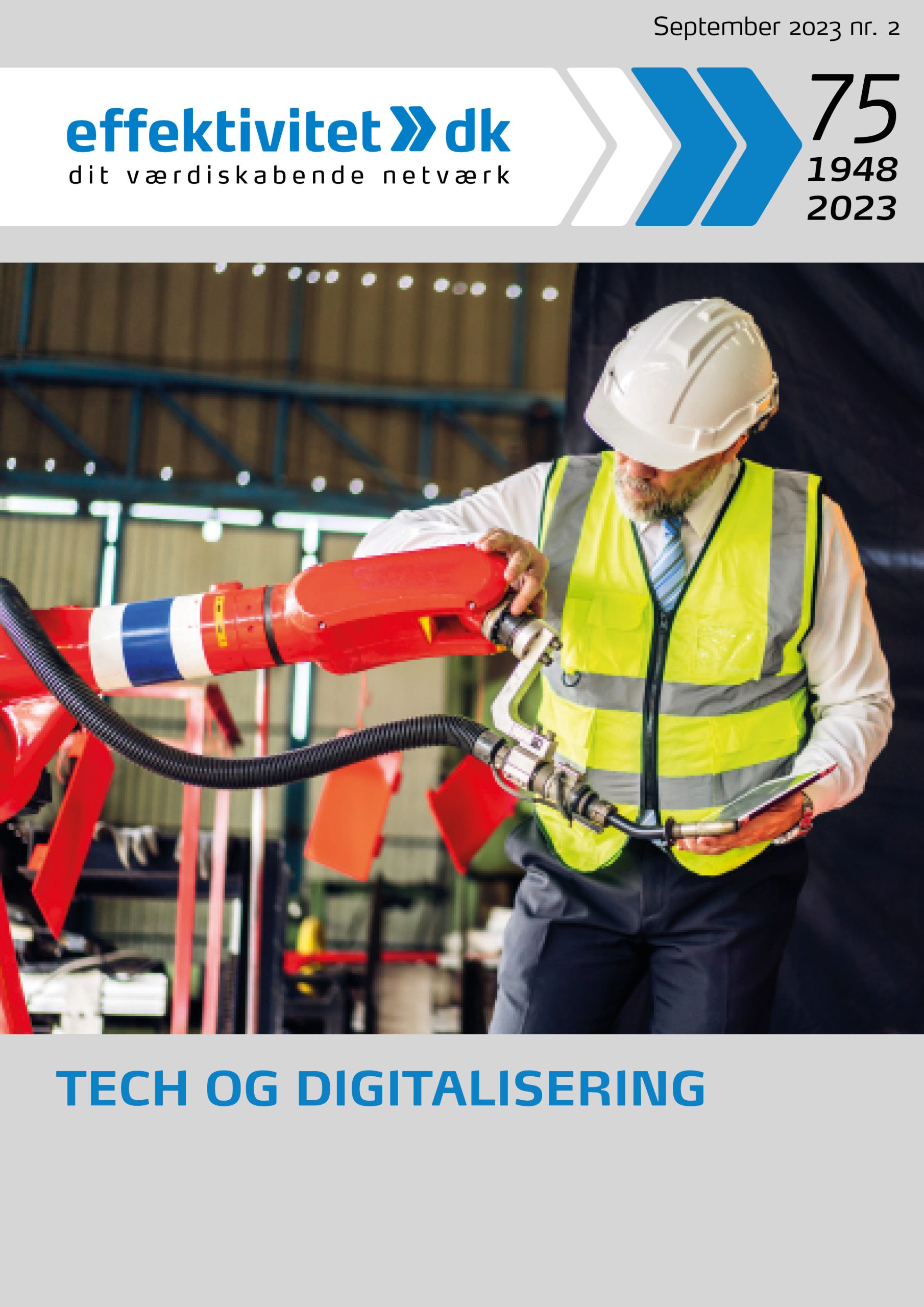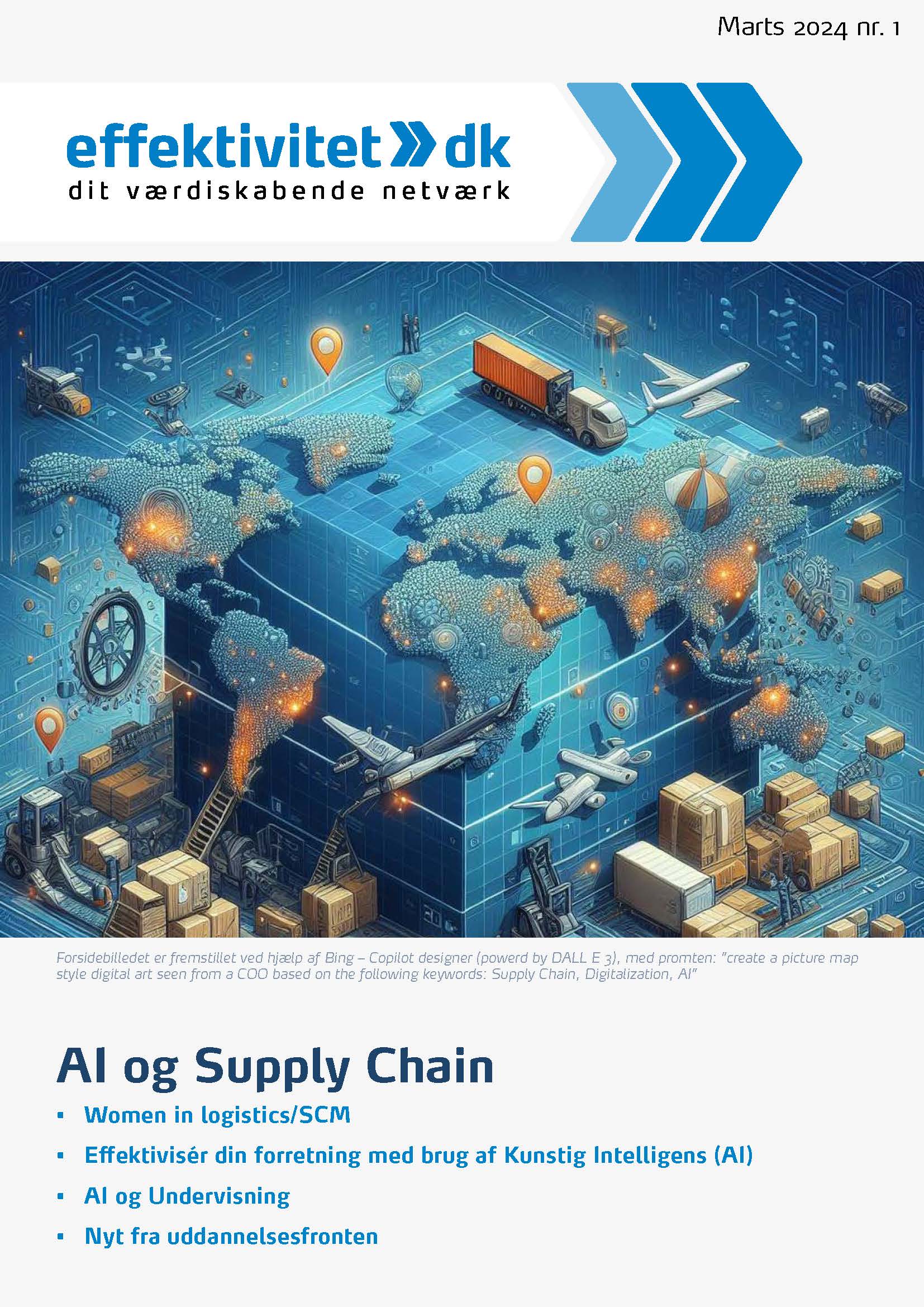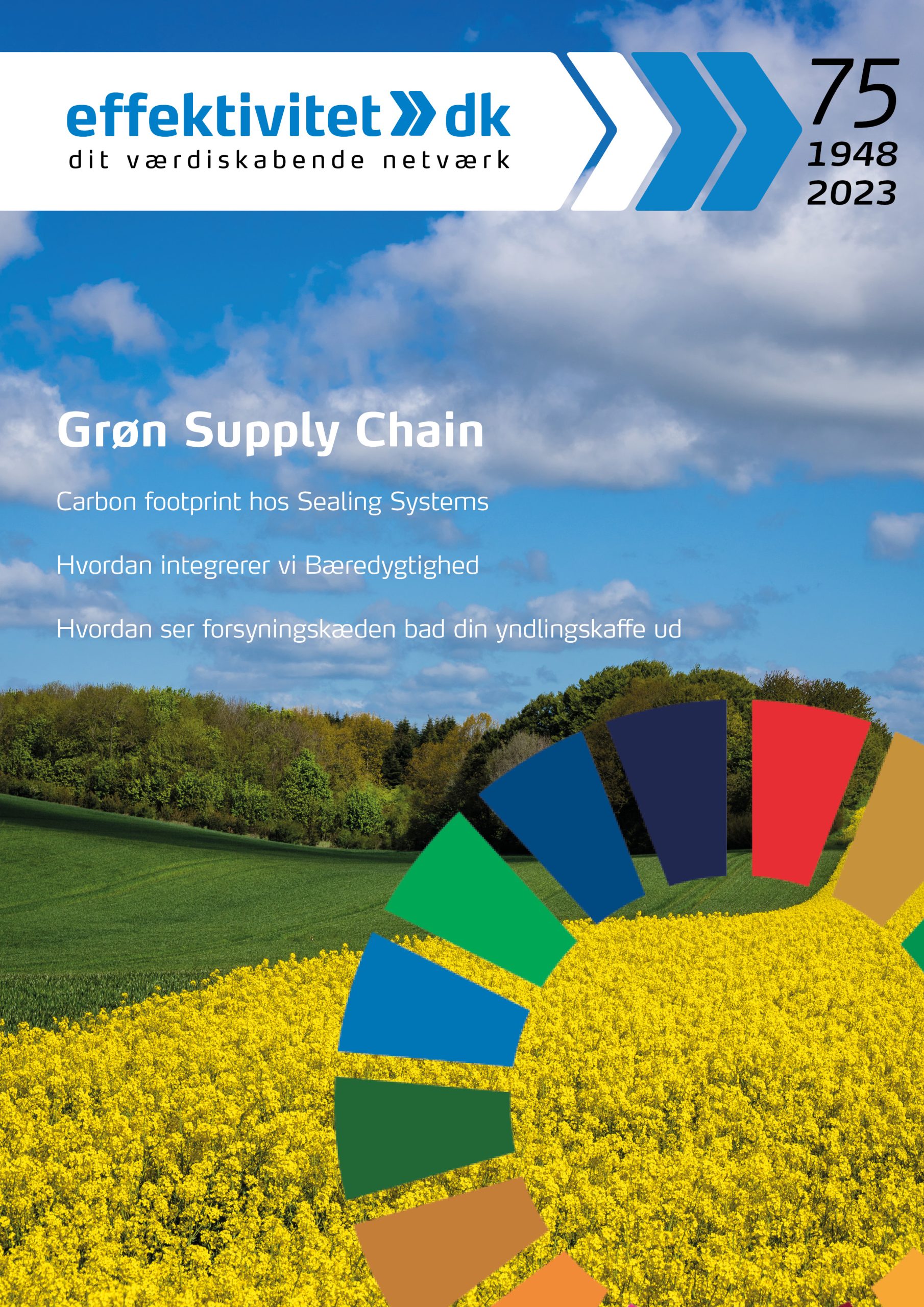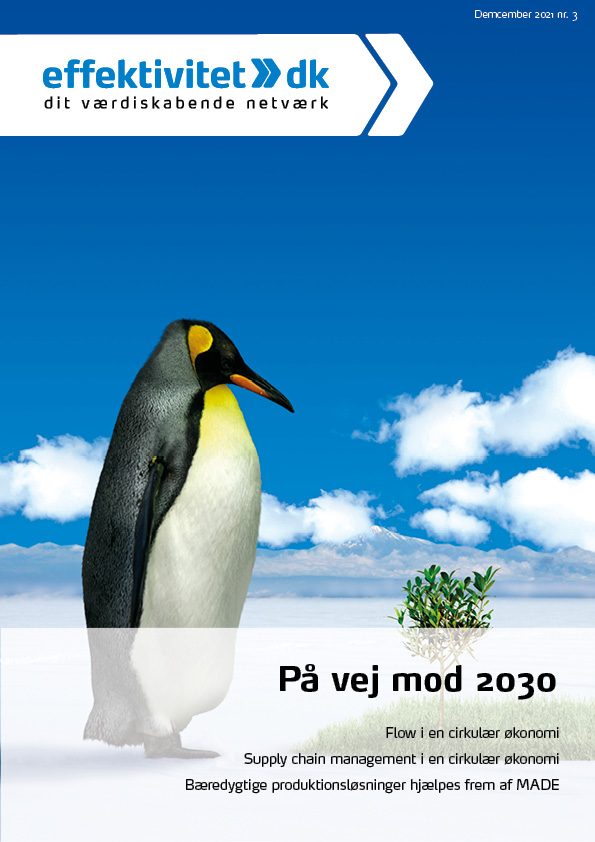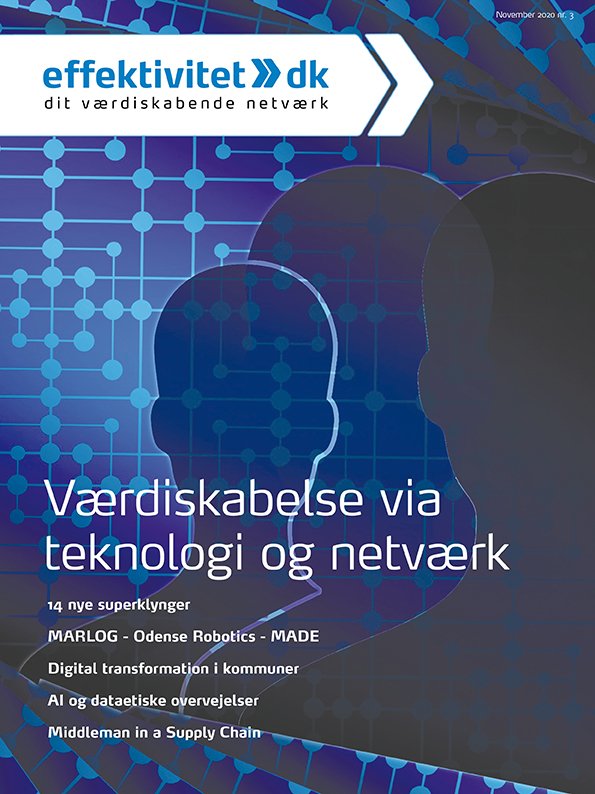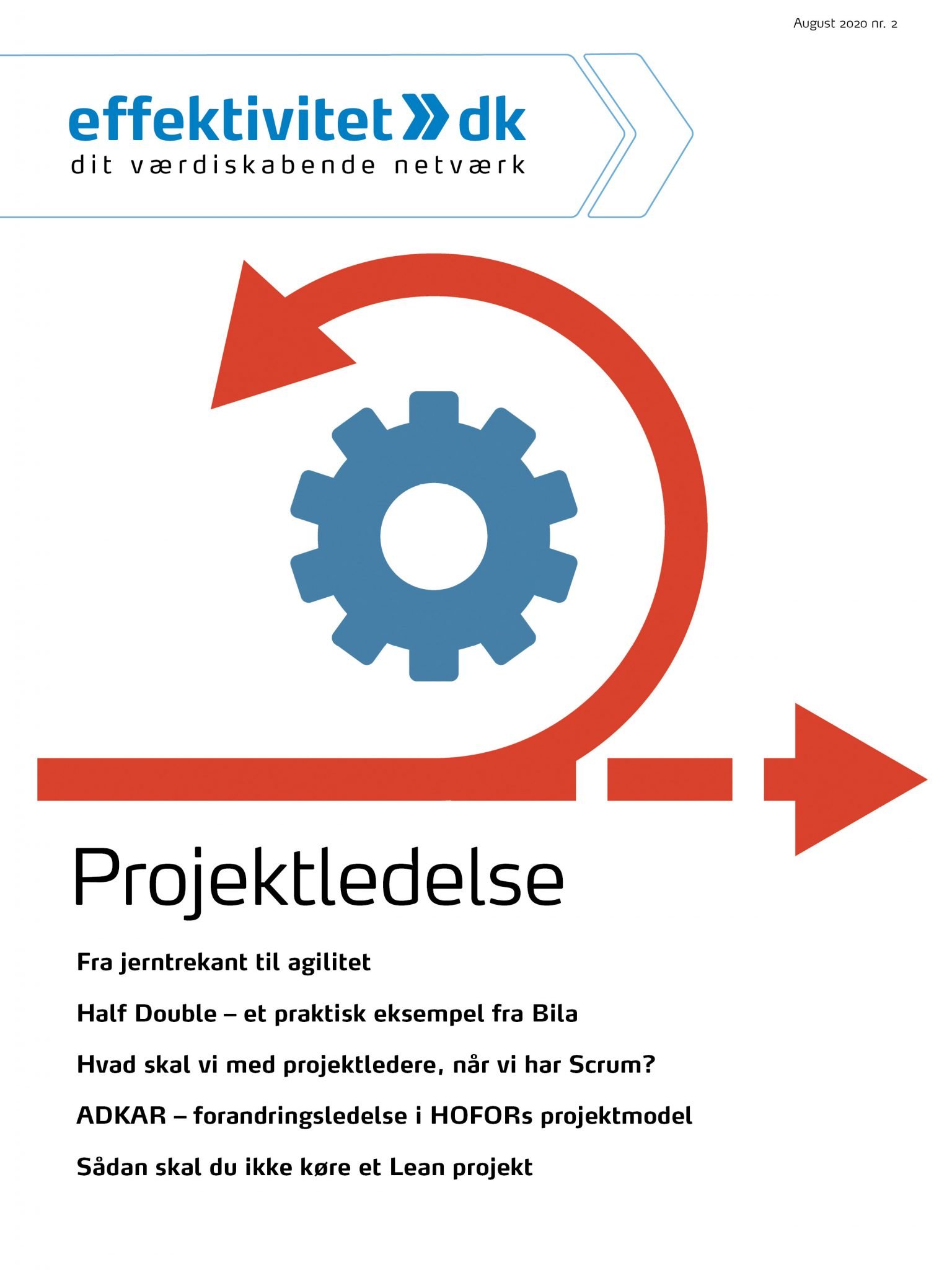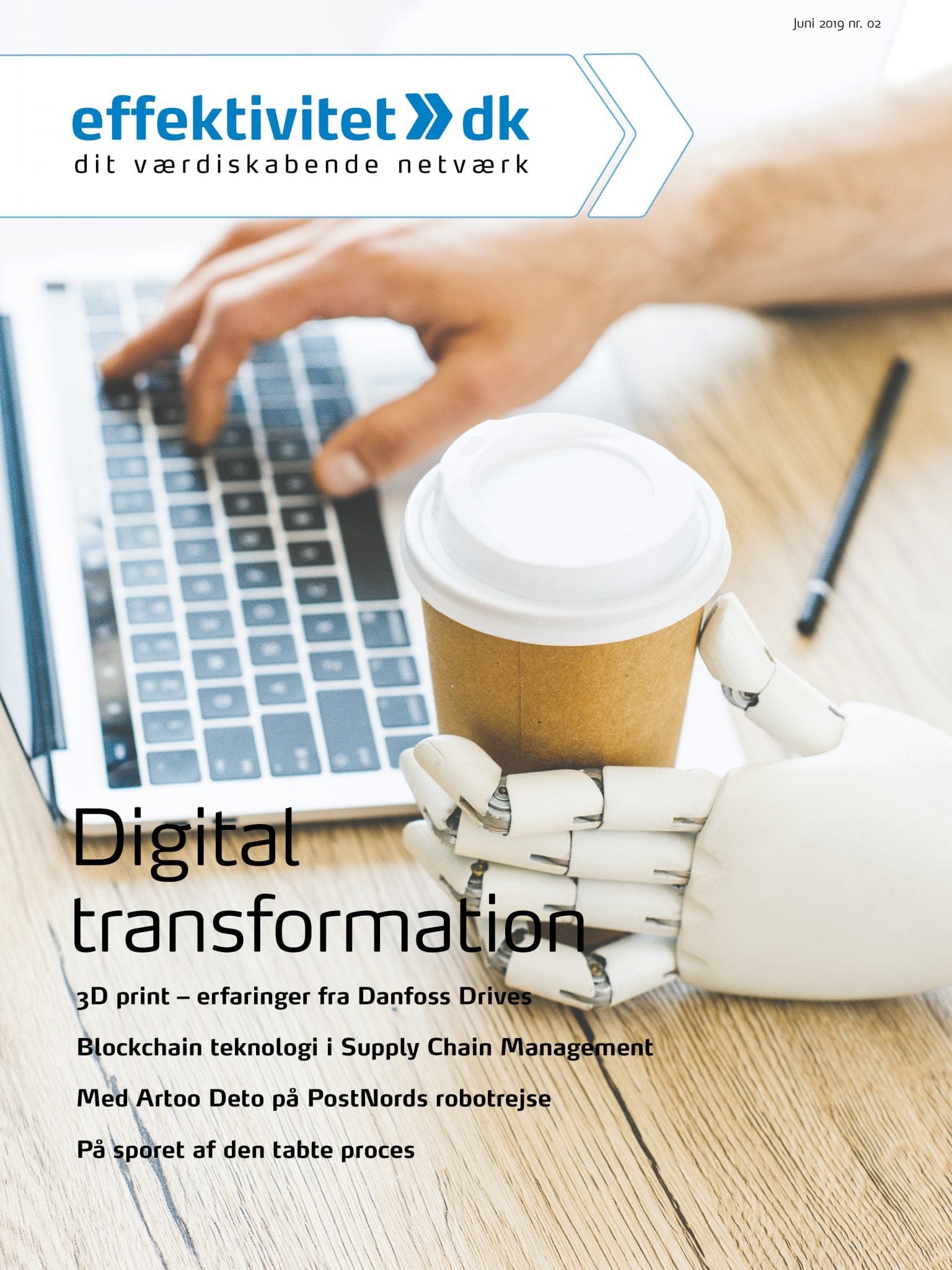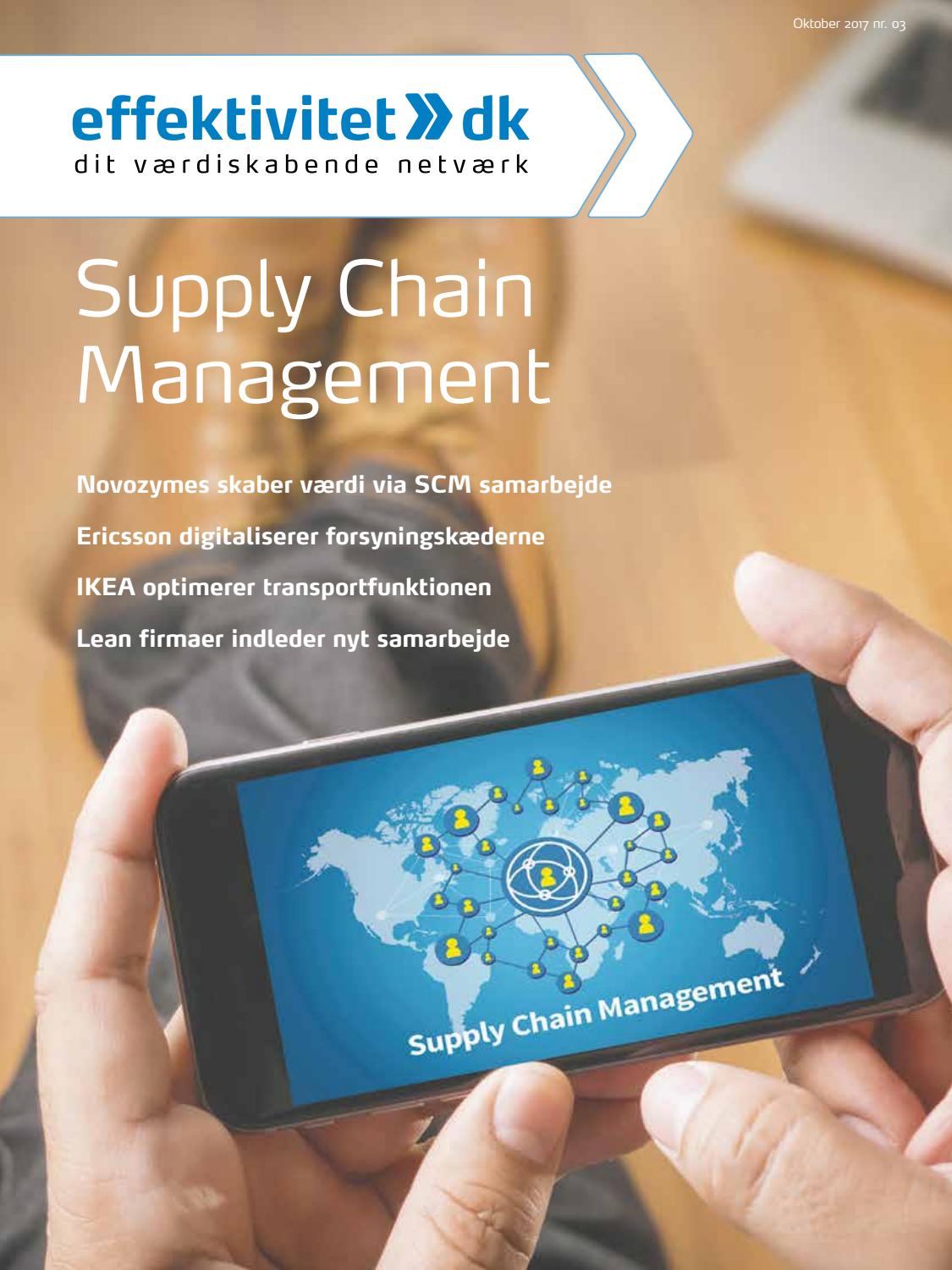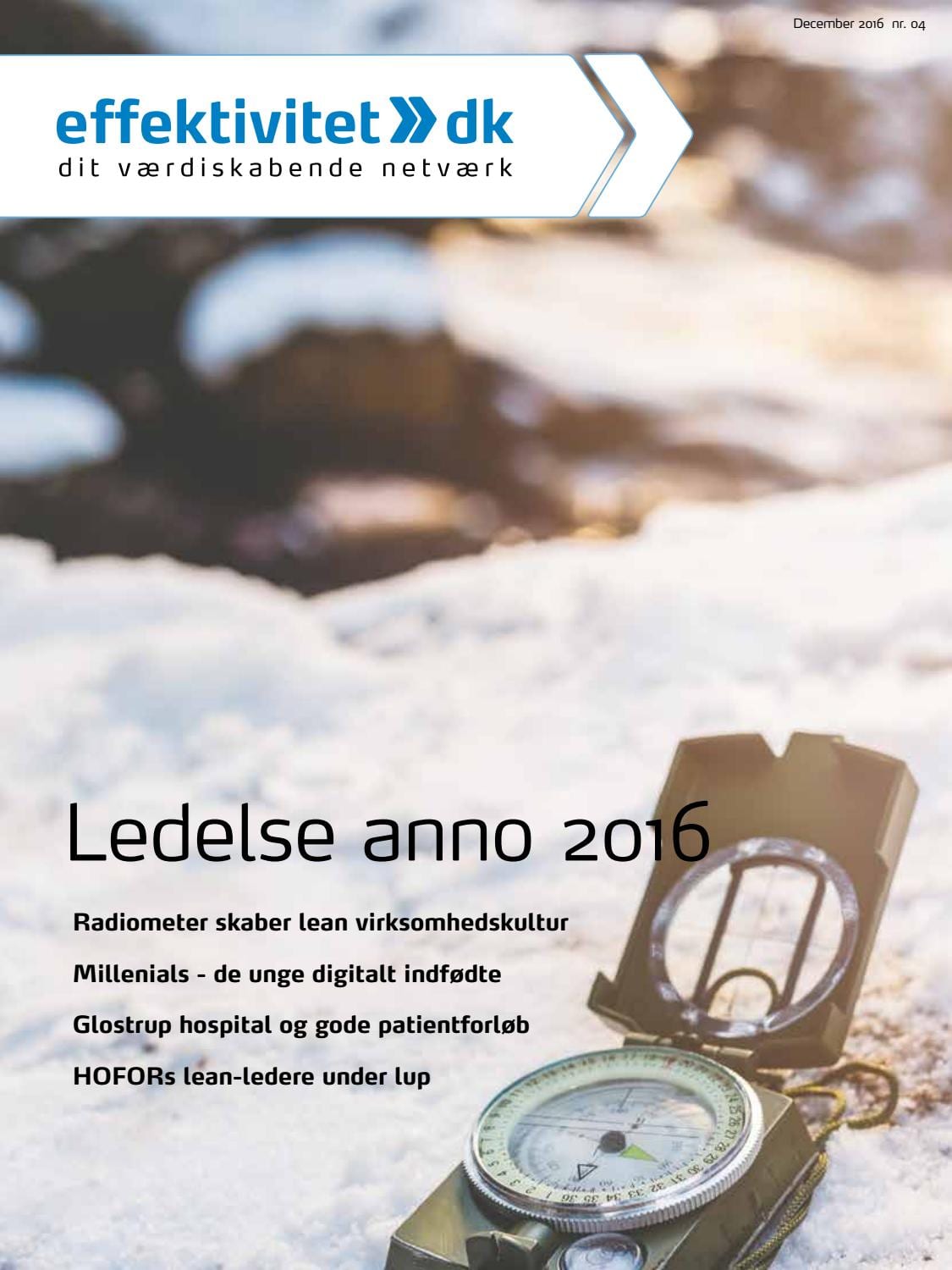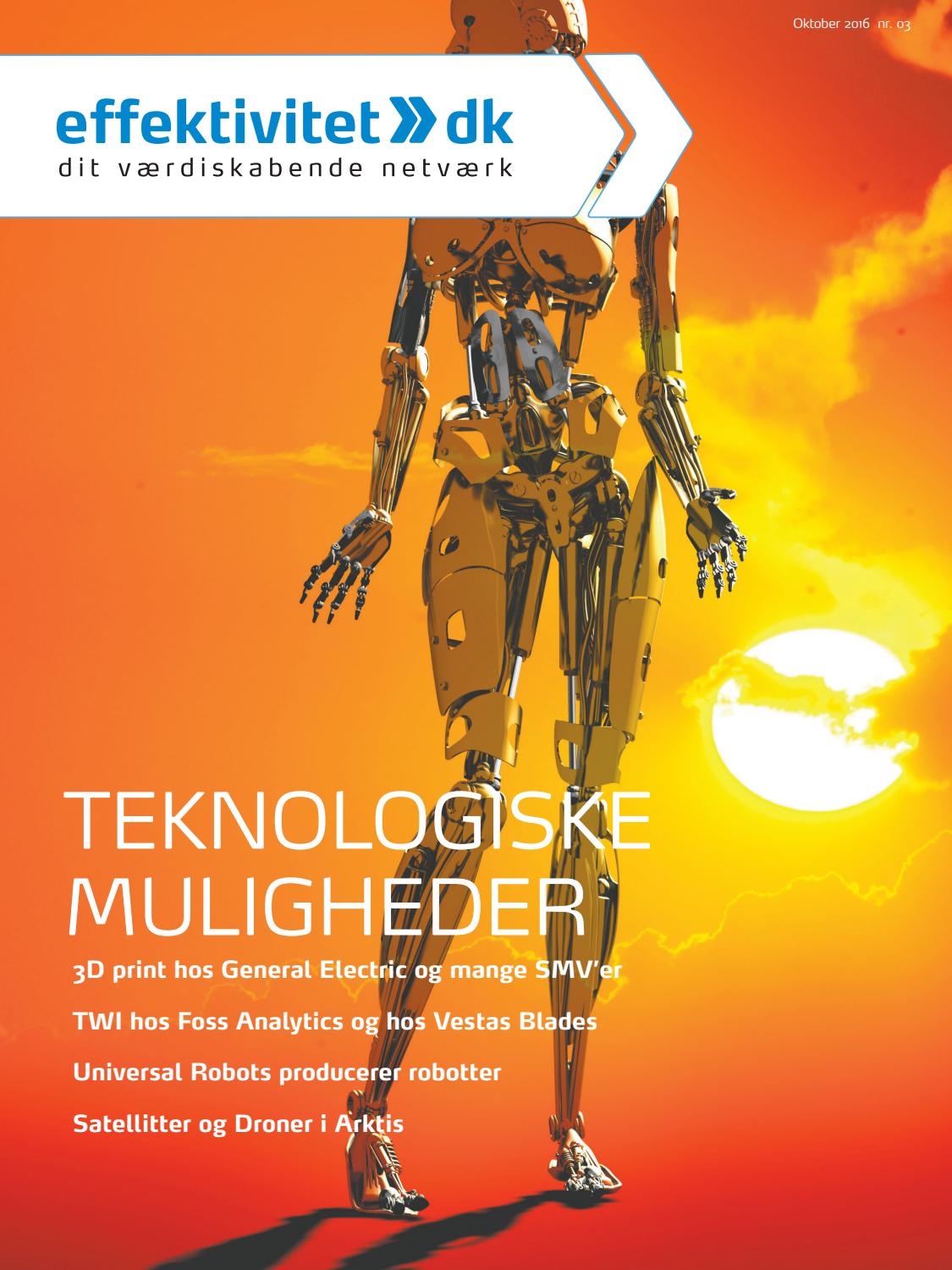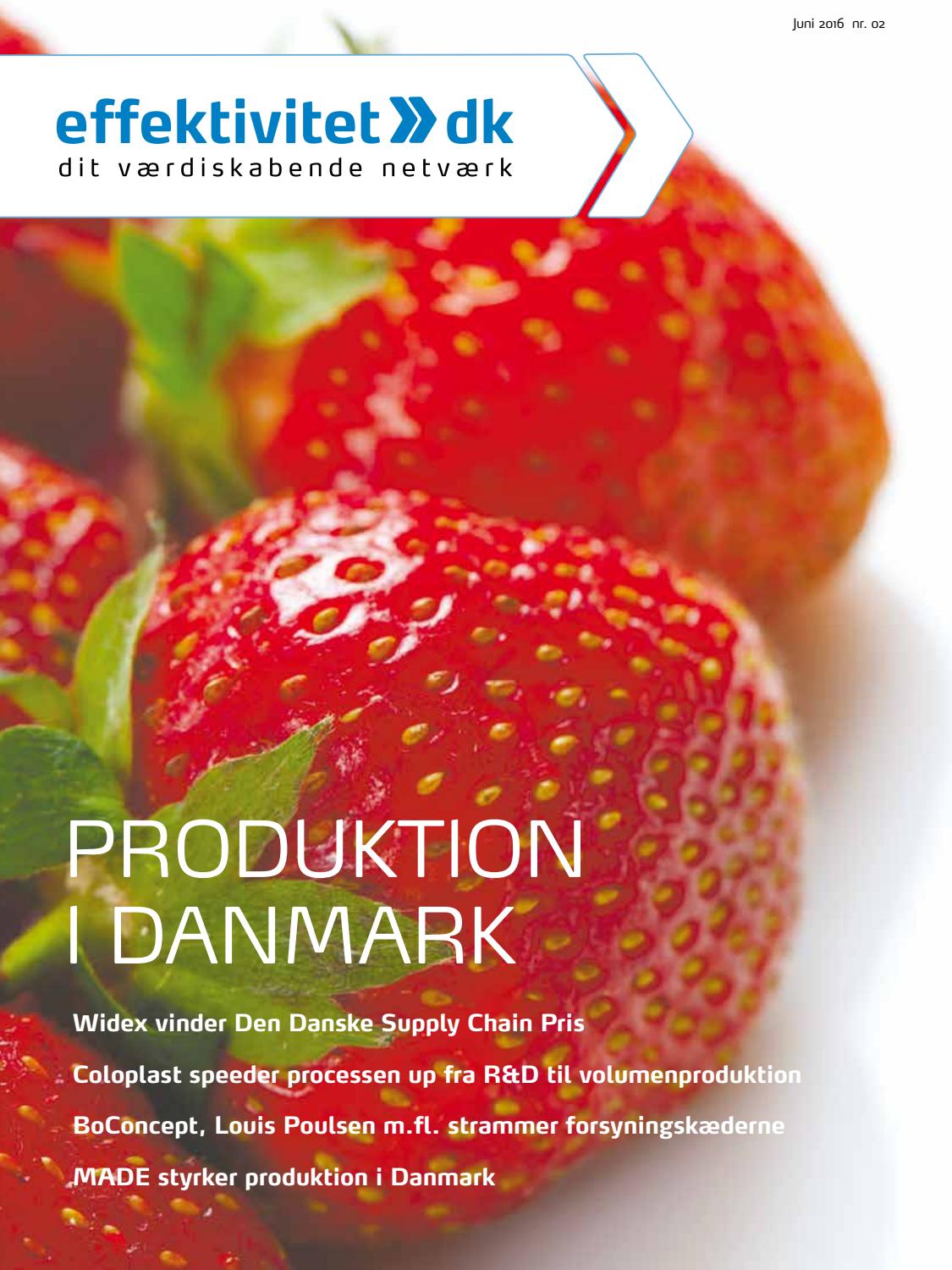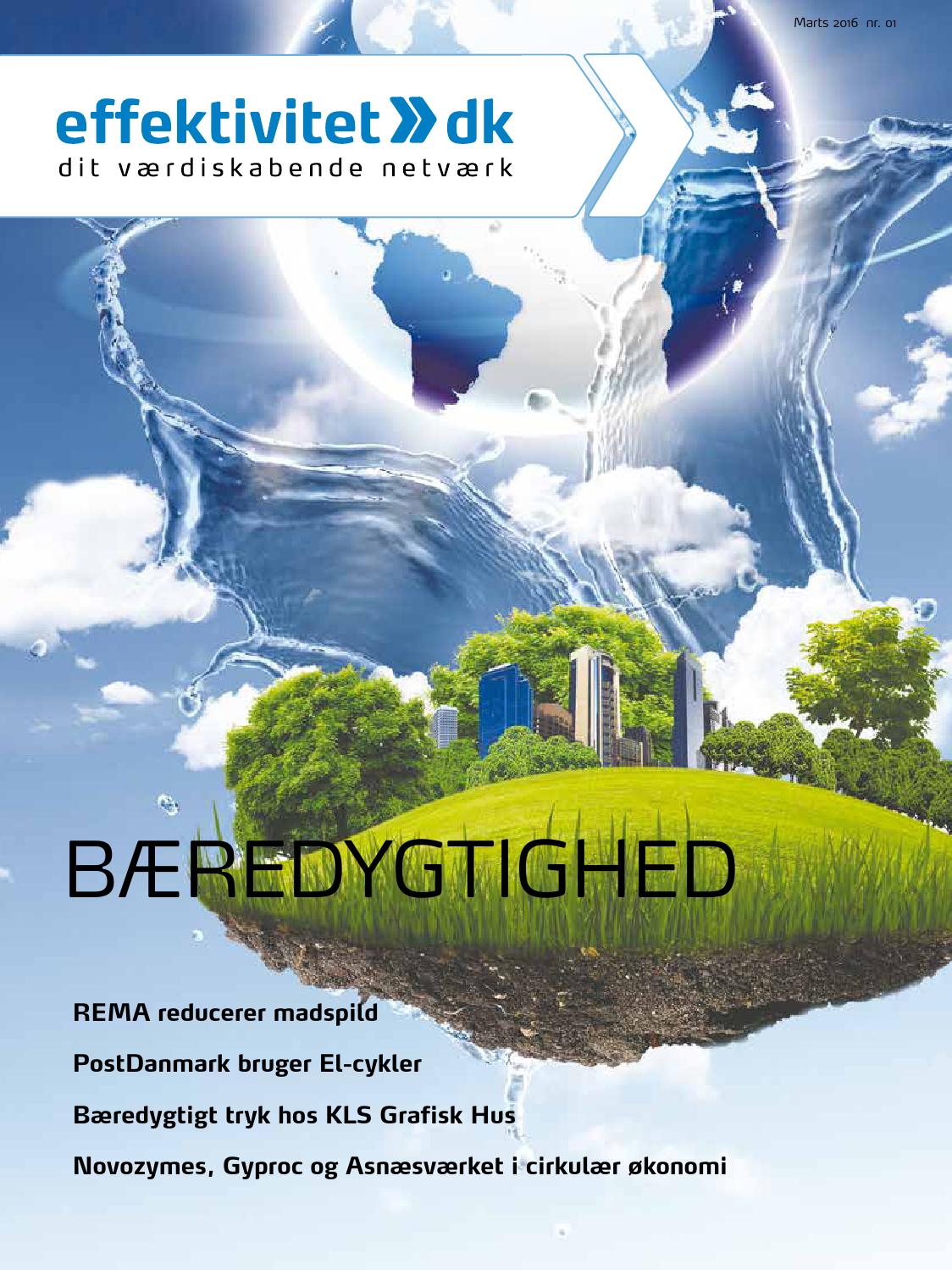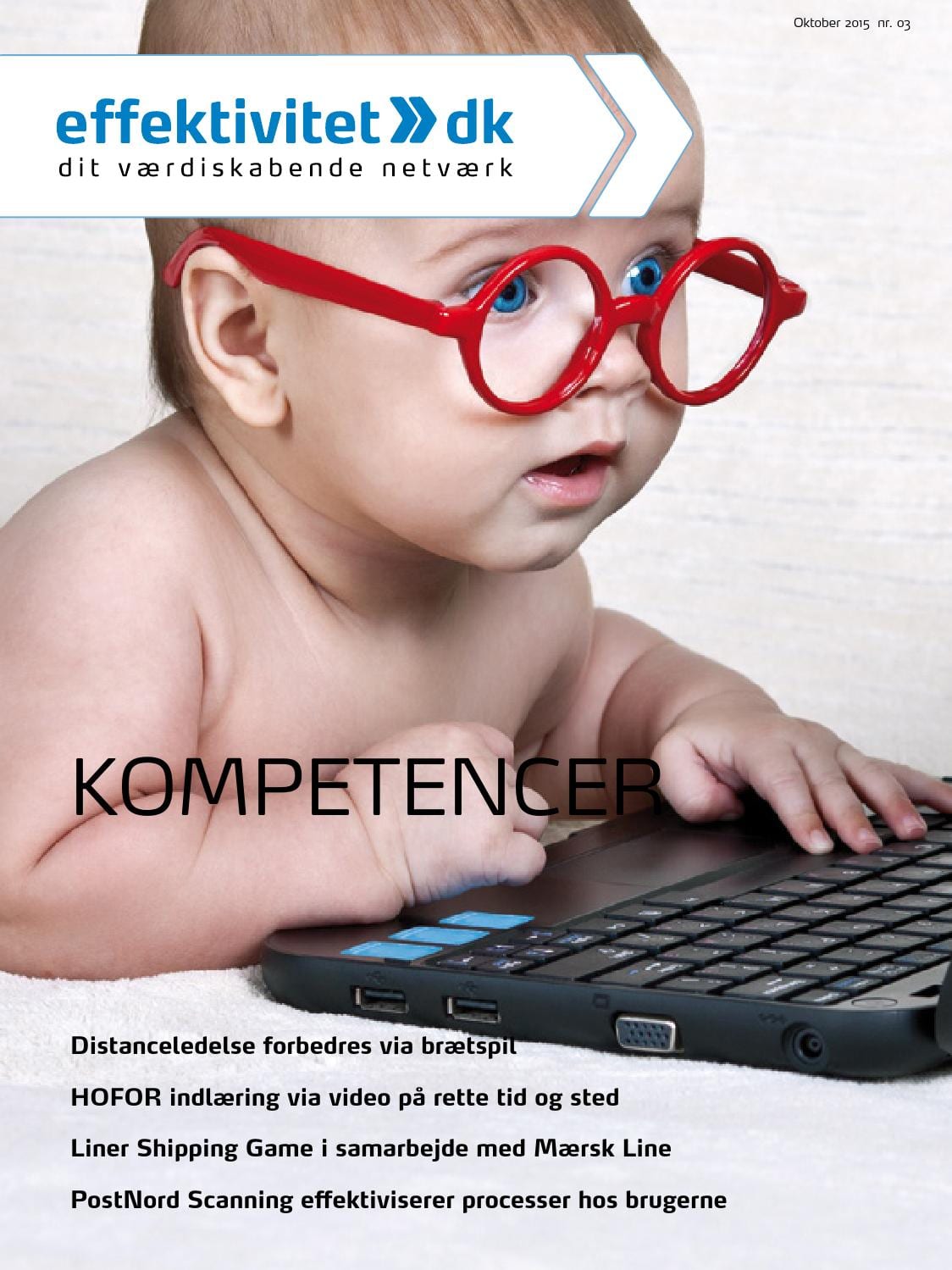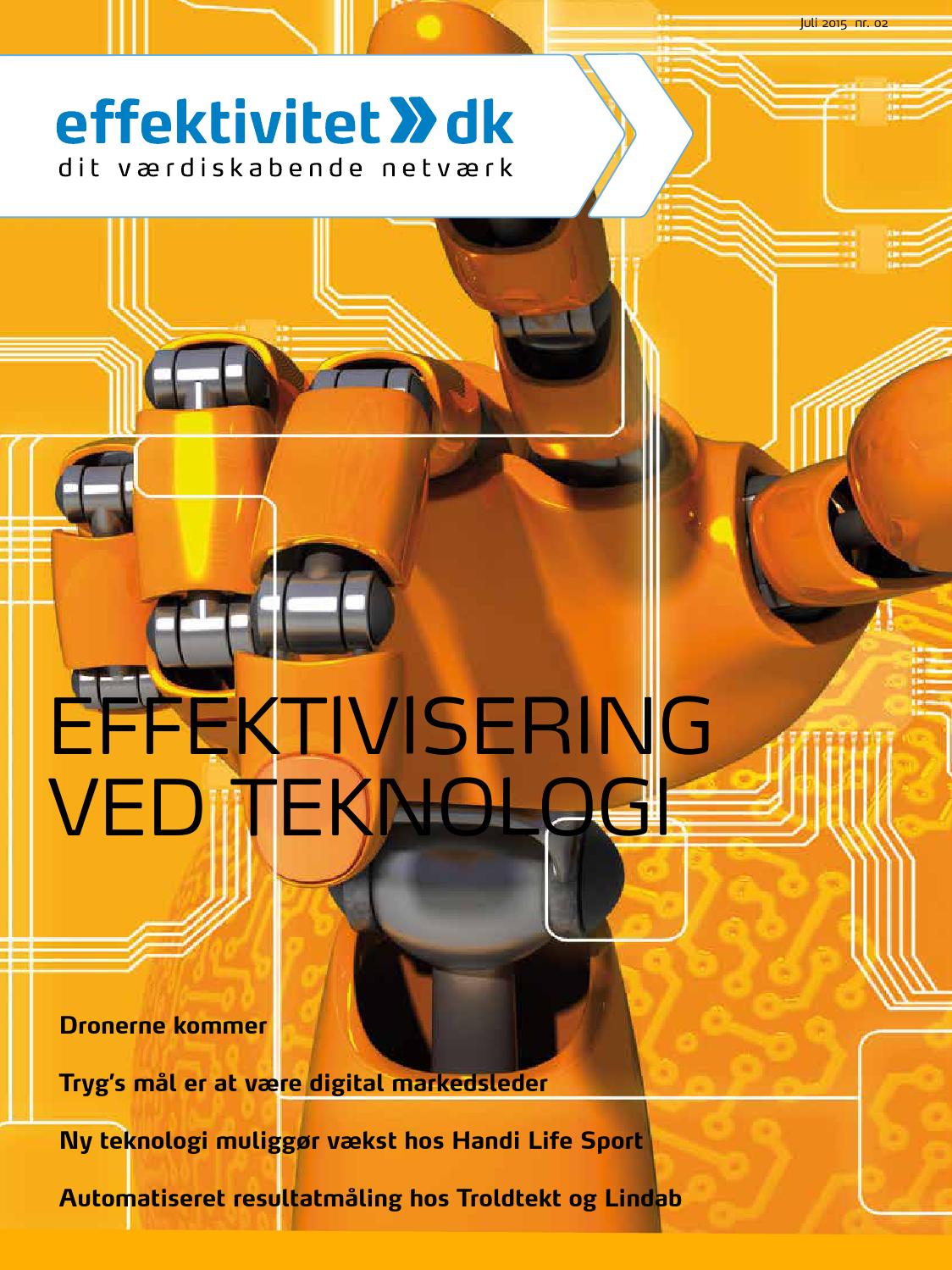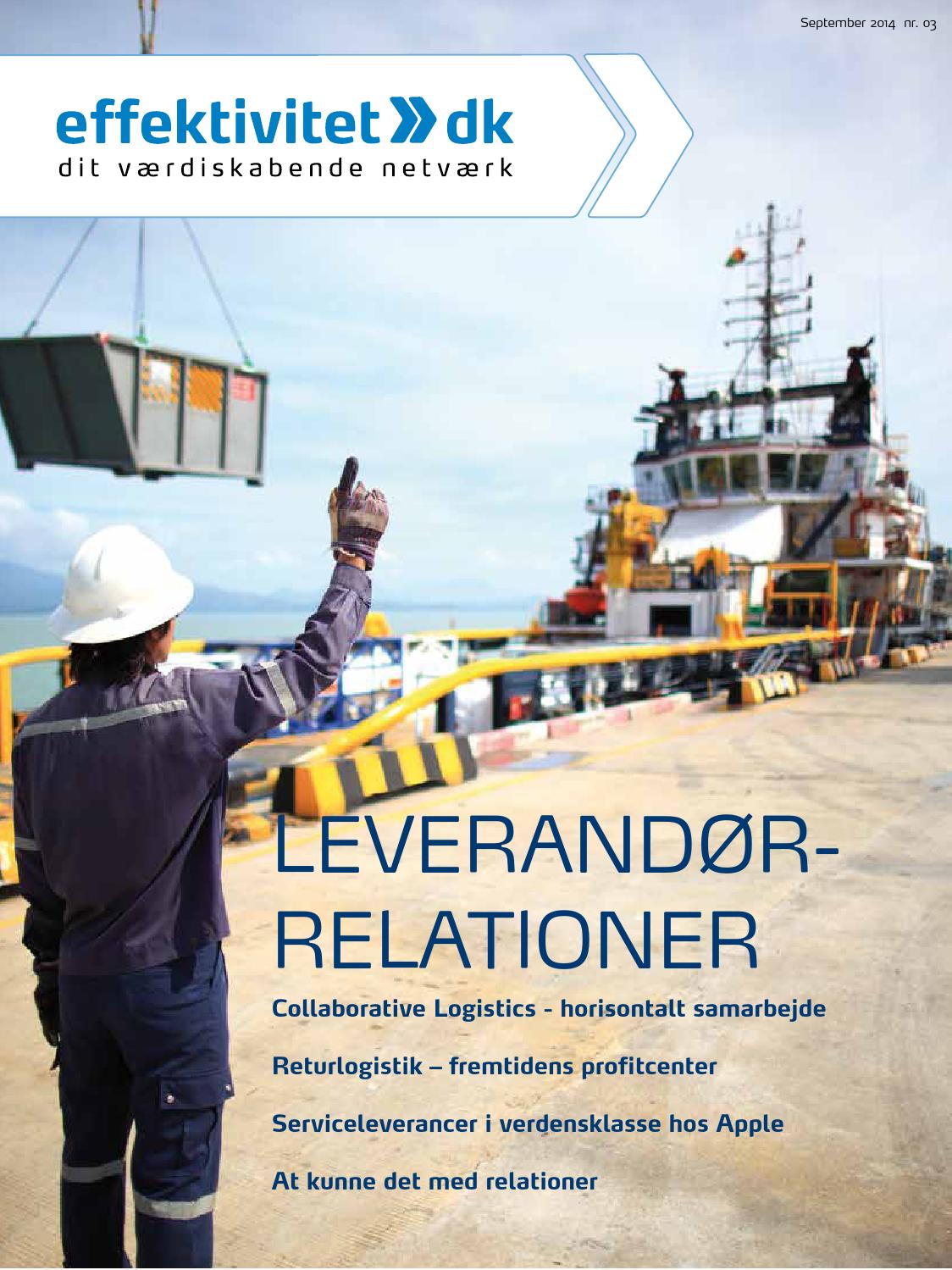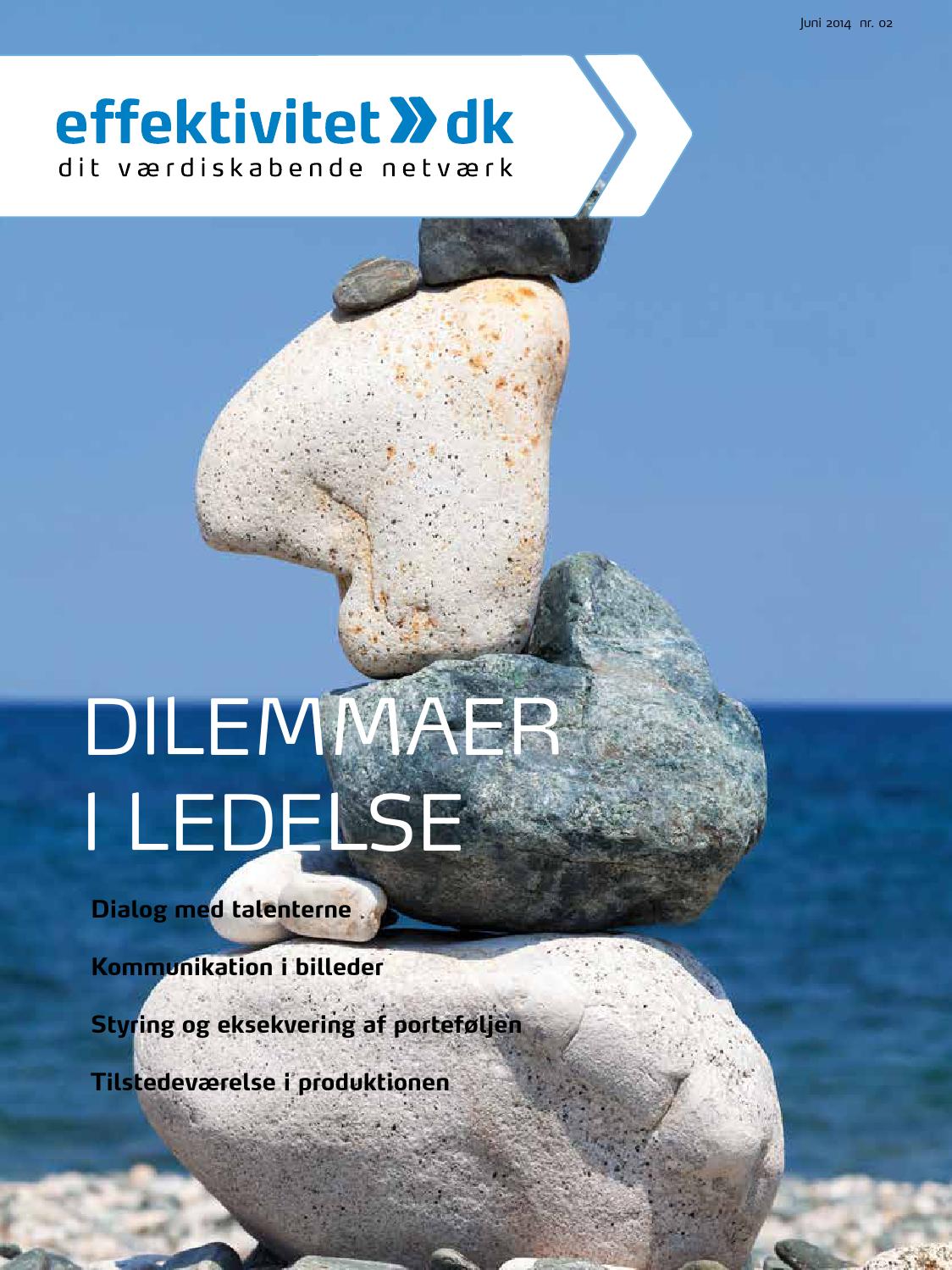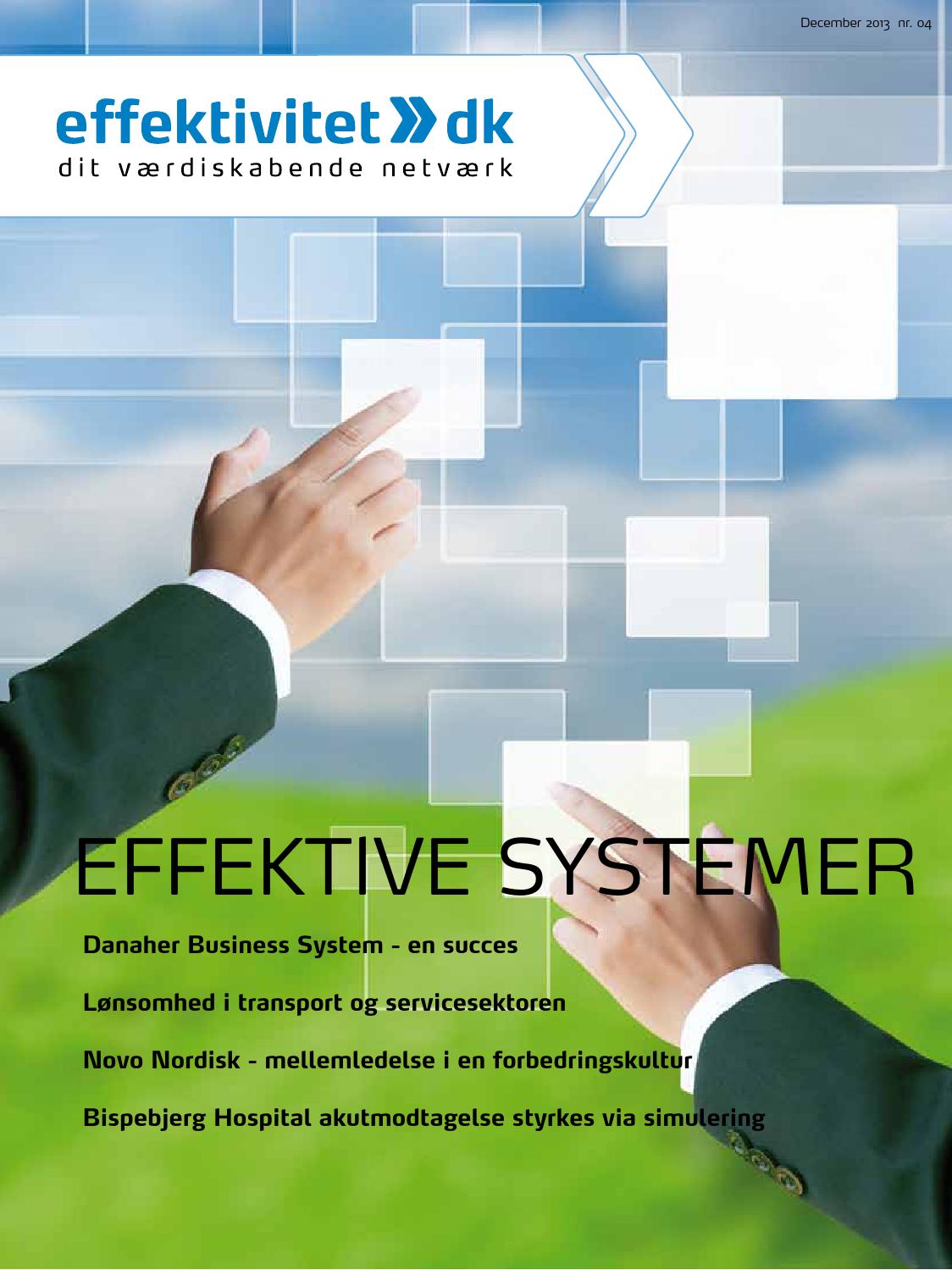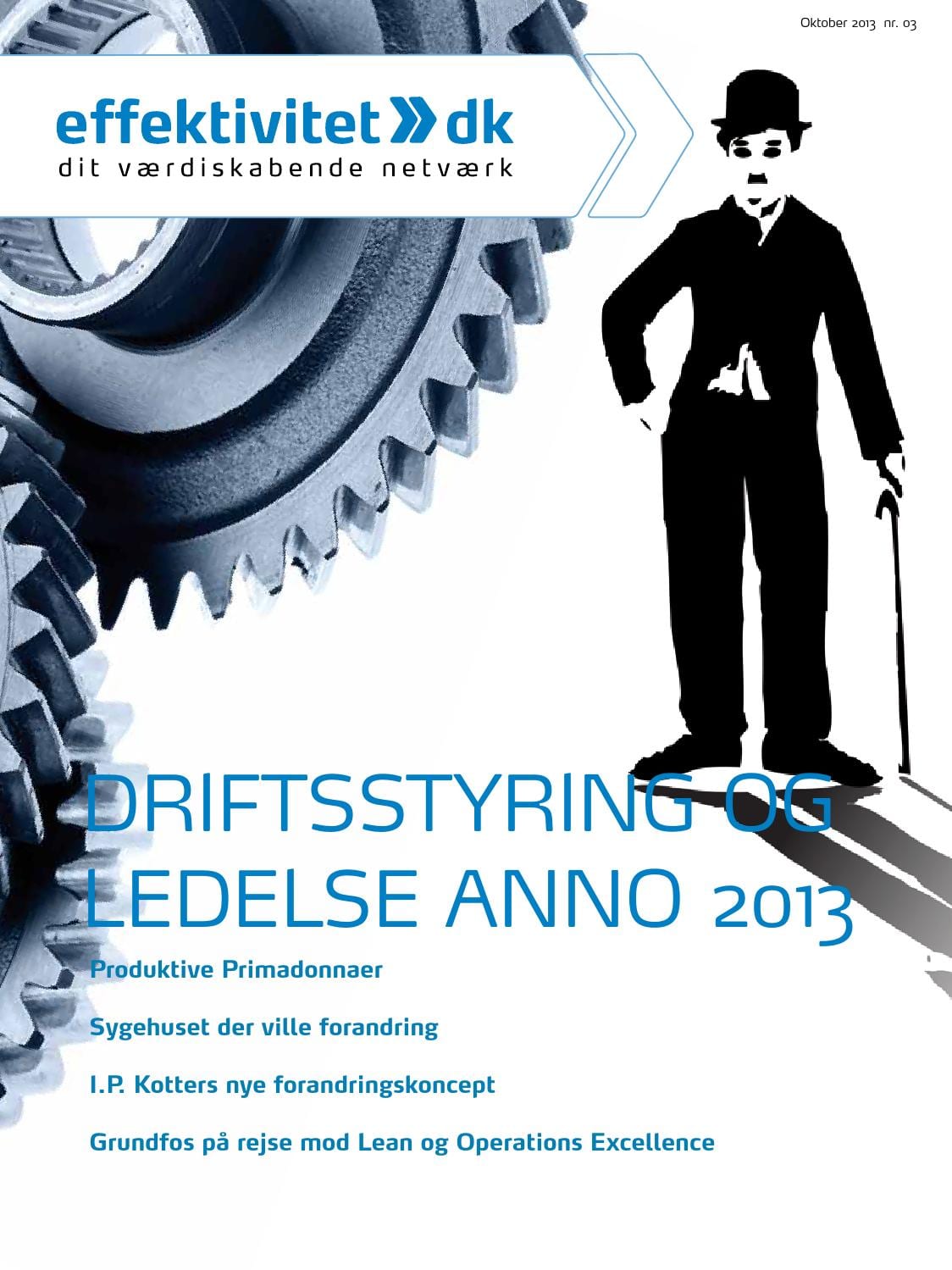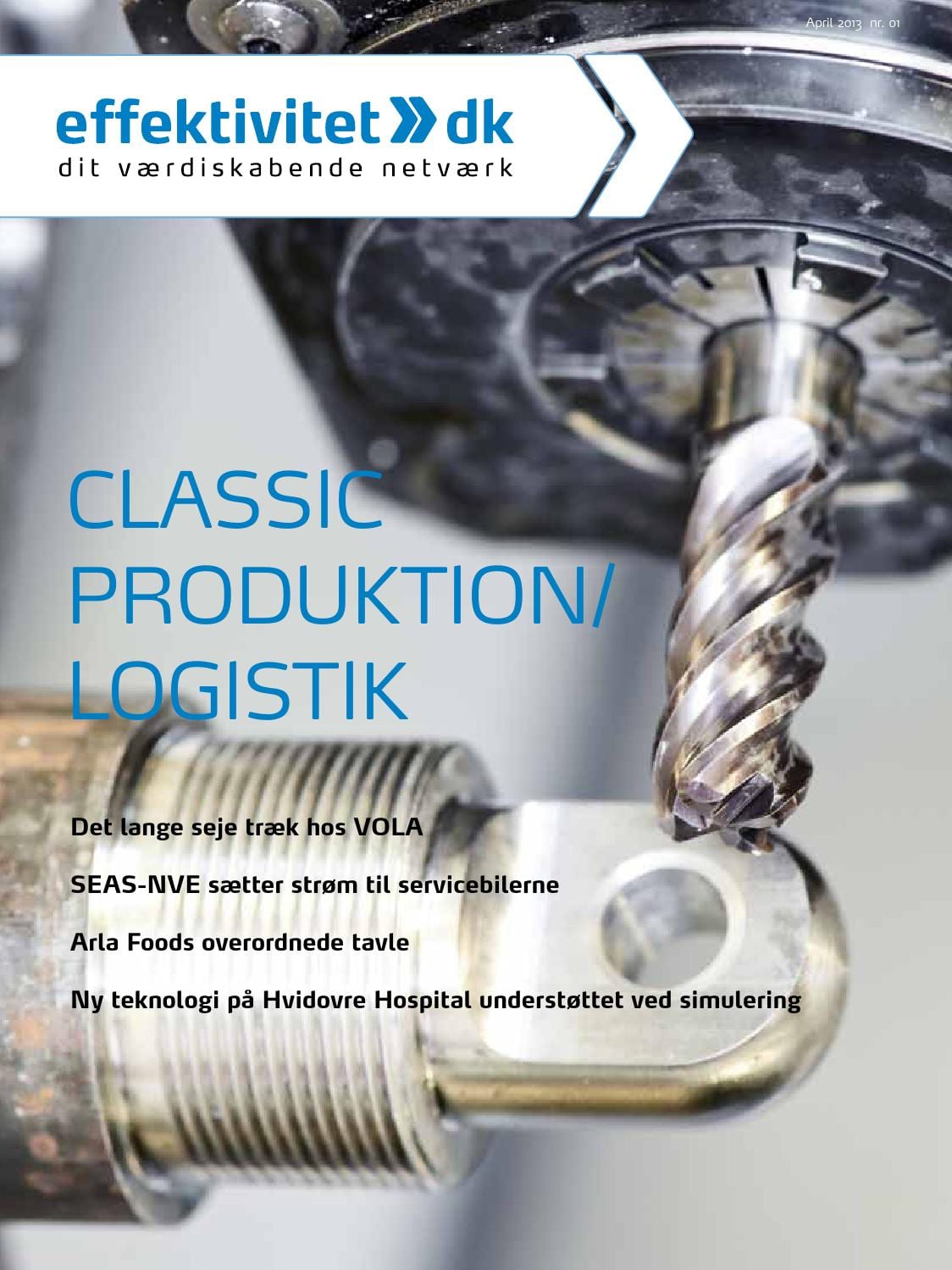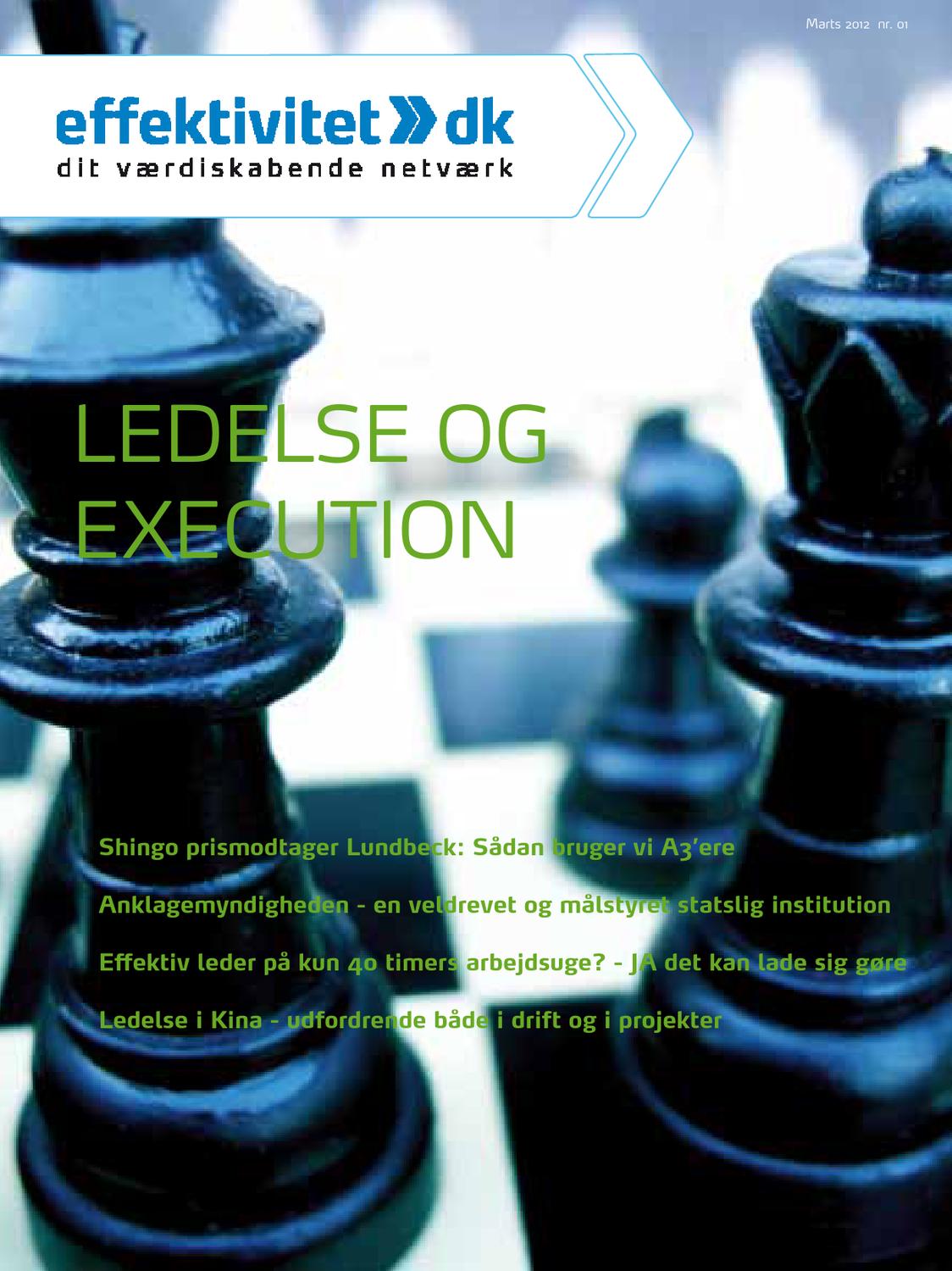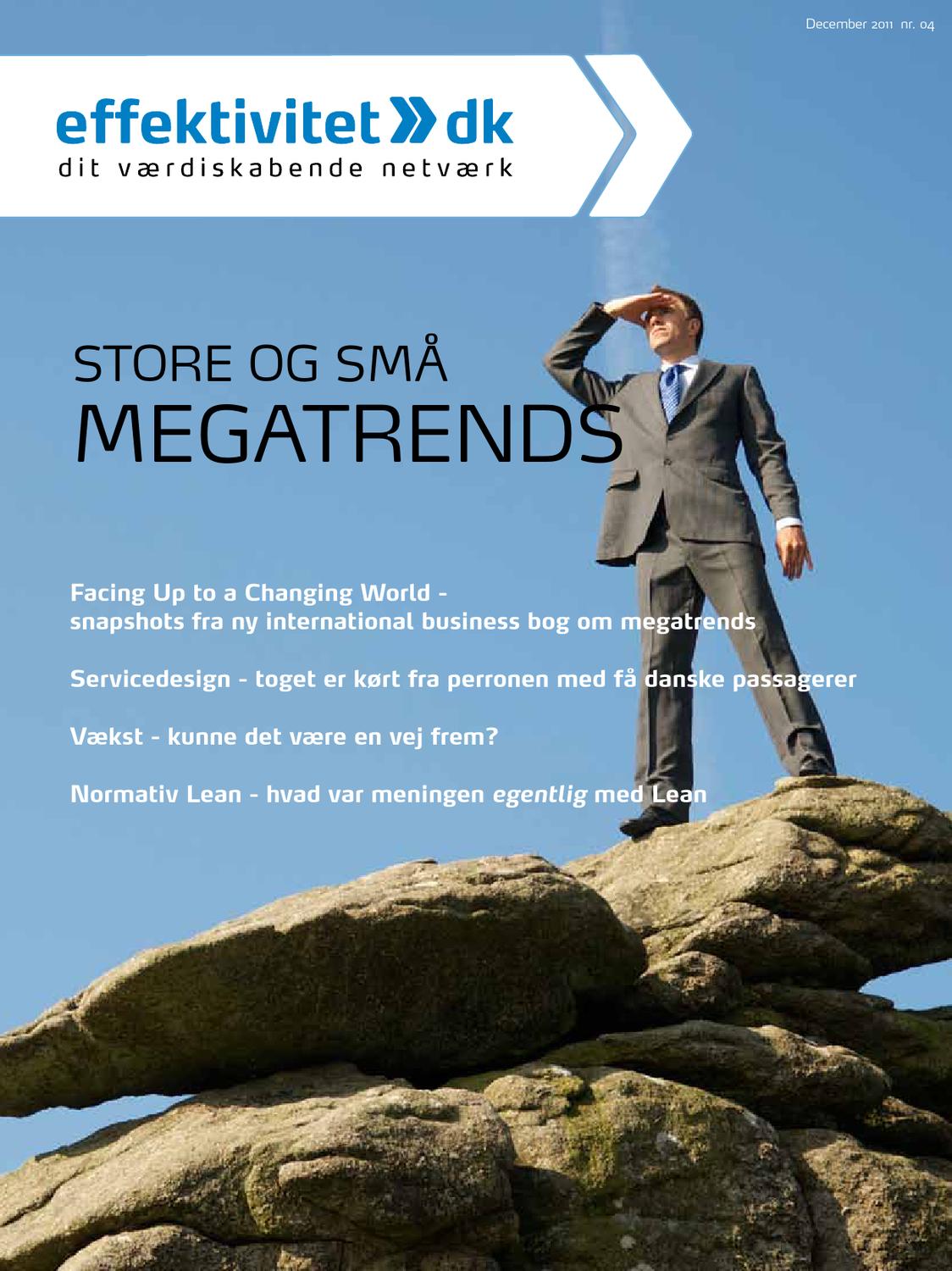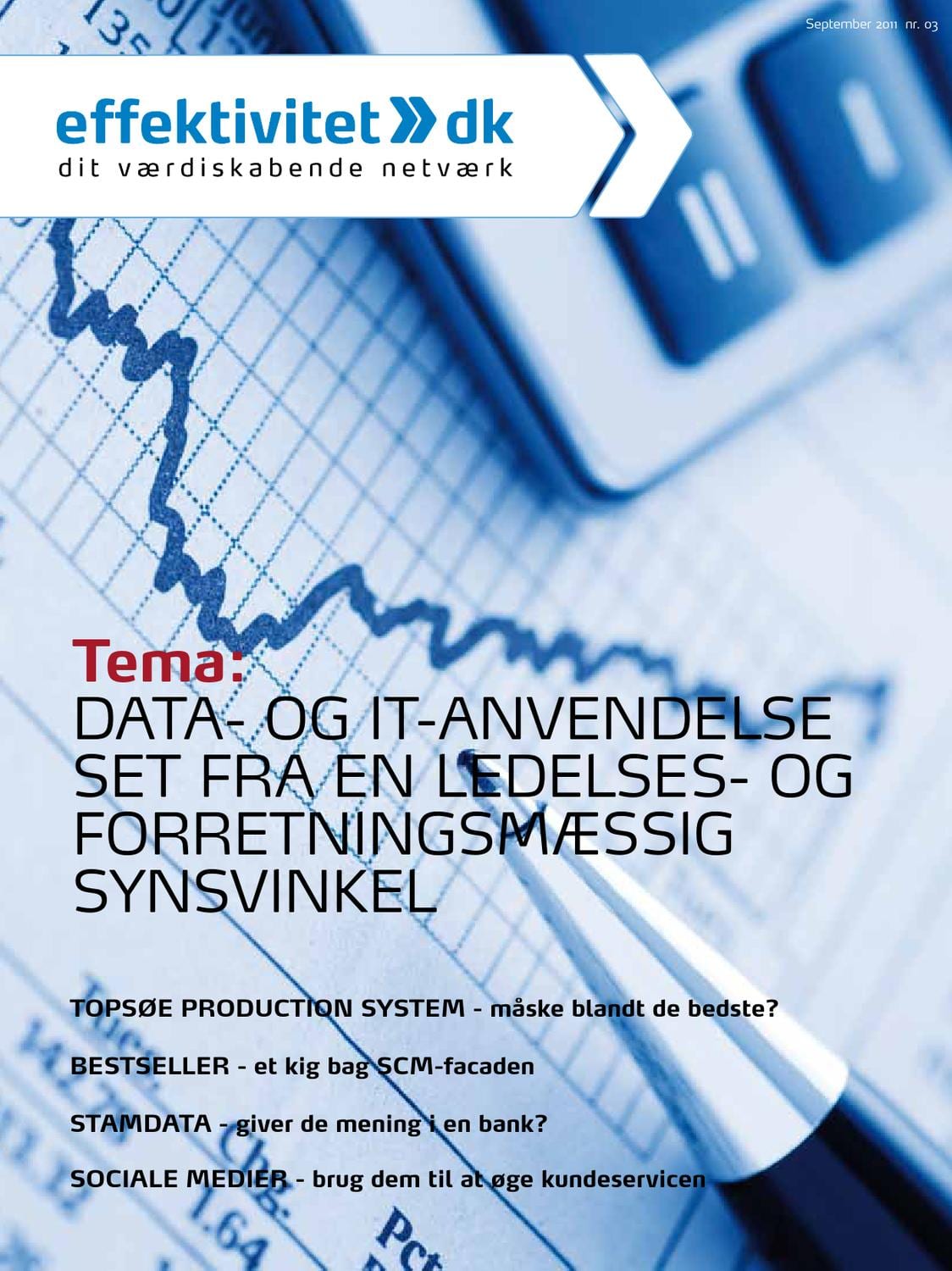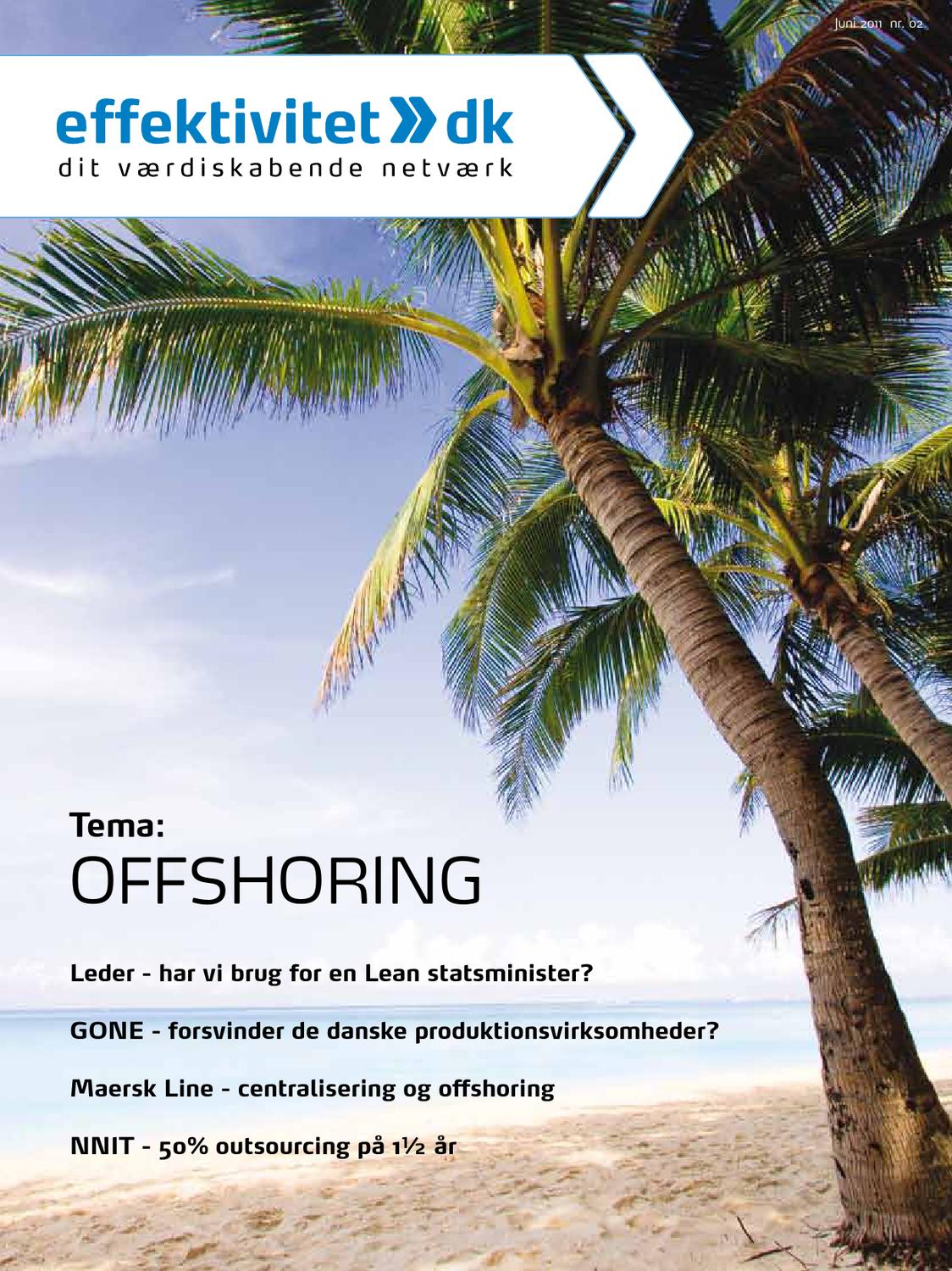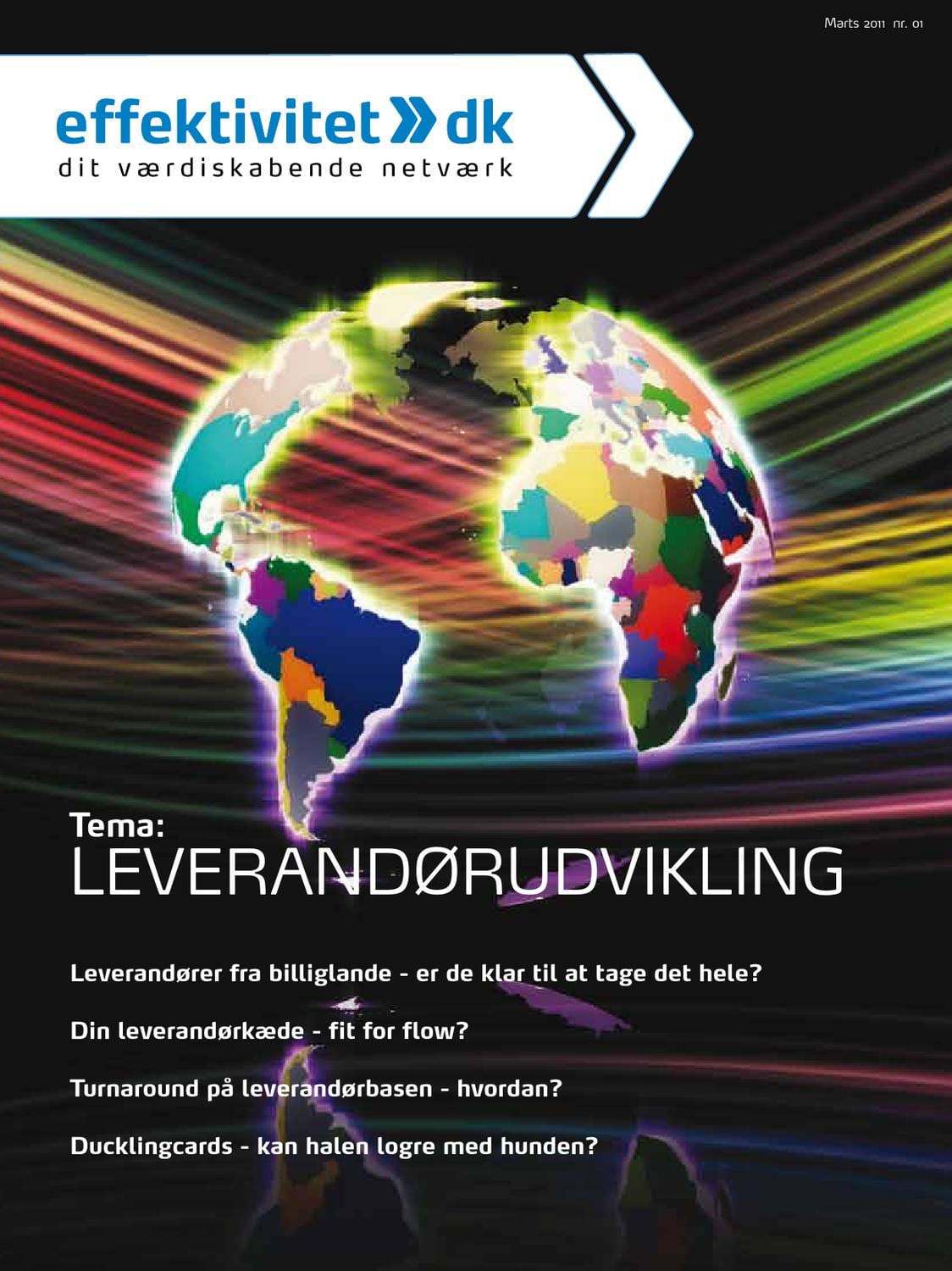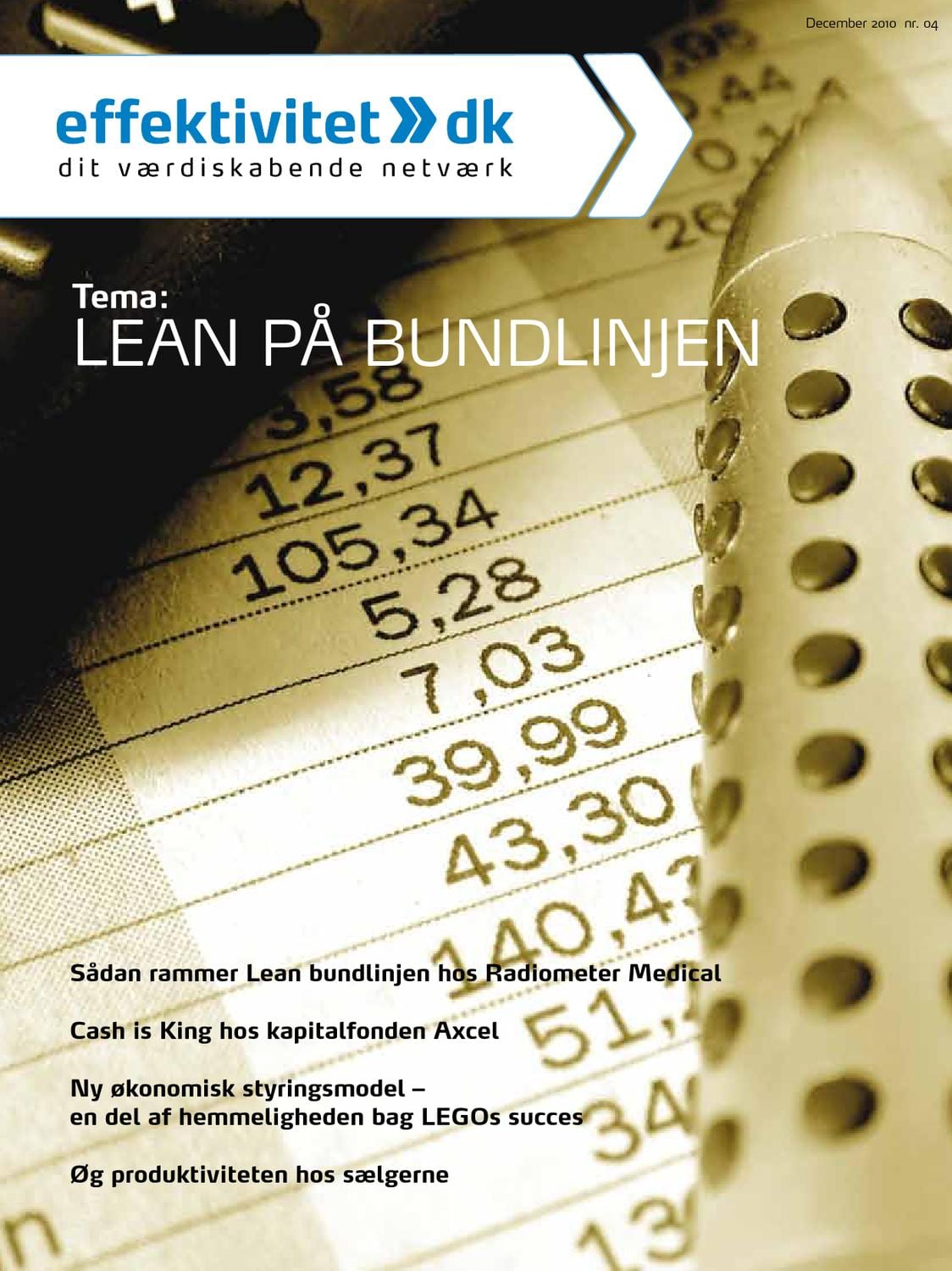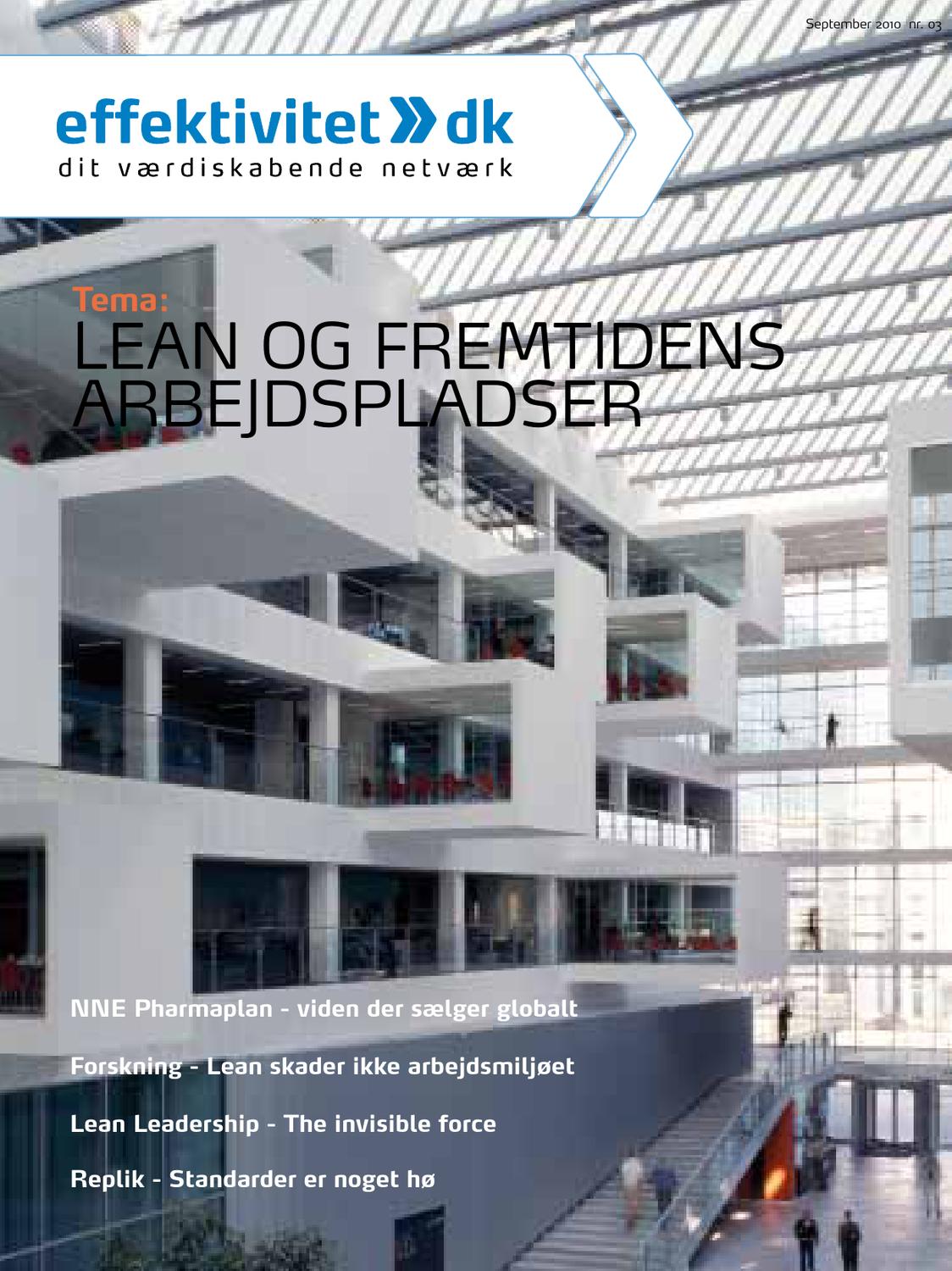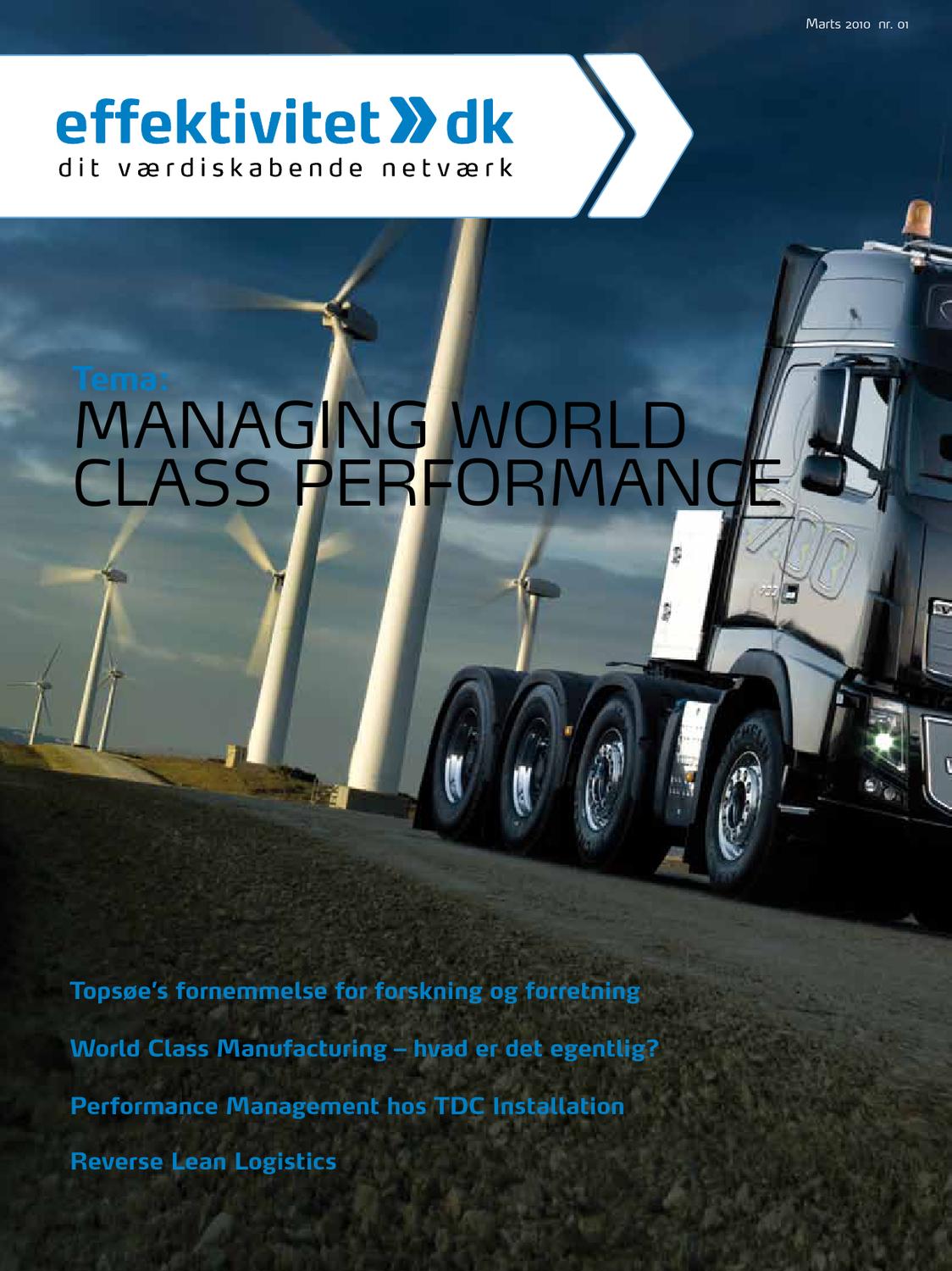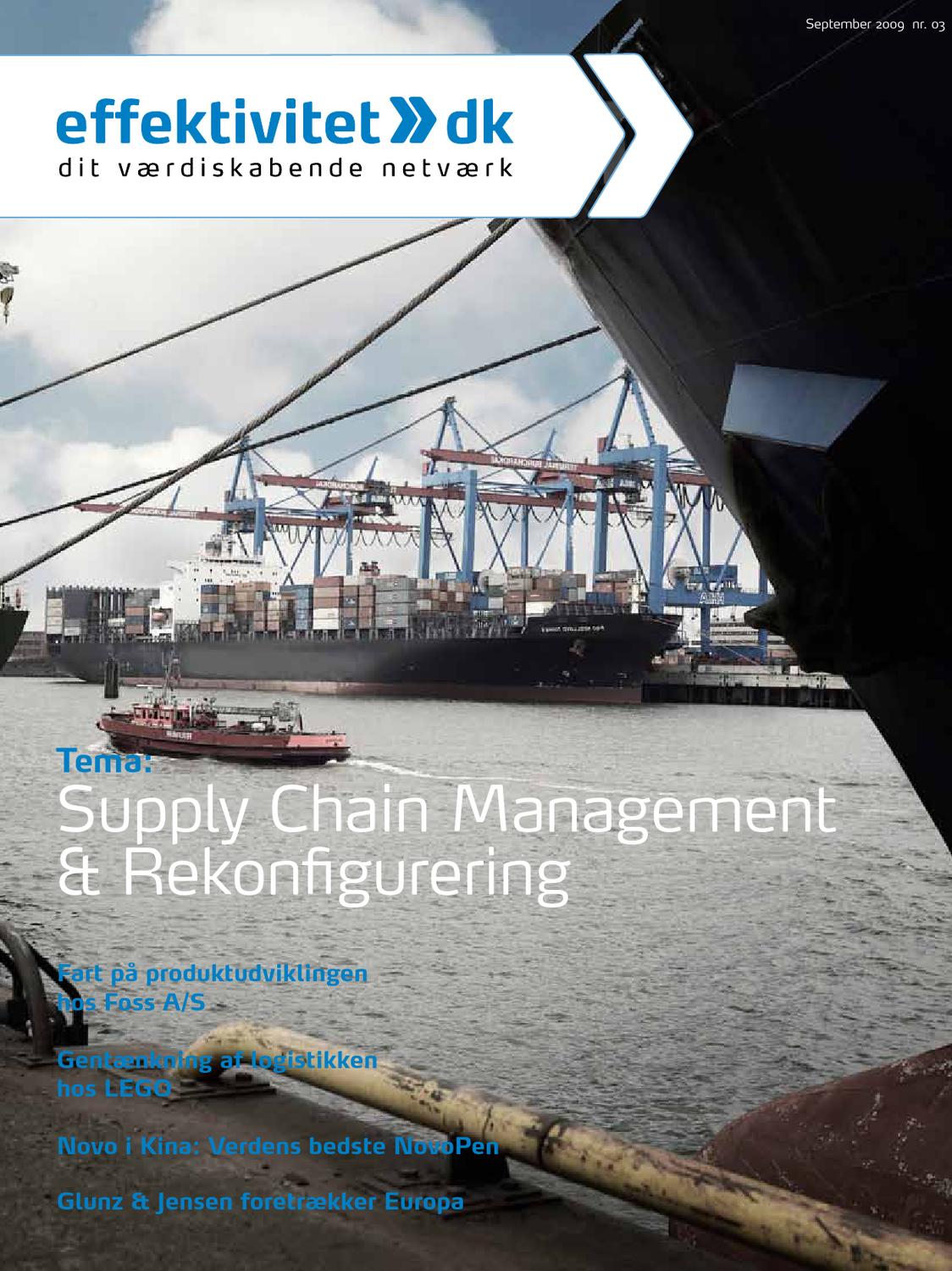Among other reasons, cheap manufacturing and product costs have made it worthwhile to follow the path of linear consumption. On the contrary, the dependency of a continuous input of virgin materials, fossils or agricultural products in connection with a short use life for resources creates boundaries in achieving higher degrees of resource preservation. In recognition of these shortcomings, lawmakers and institutions push for a change in policies and have with China the first country that has adopted a circular model as its guideline for managing resource consumption in its economy. While there is much room for discussion whether China is a role model for the consumption of natural resources, it is still noteworthy that the reality of declining natural stocks was accepted and incorporated into respective policies, allowing sustainable businesses to flourish, from both an economic and an environmental perspective. As laws and policies create the setting on macro- level, companies have to adapt to this new reality and are entitled to innovate and incorporate resource cycles into their business model.
From Eco-Efficiency to Eco-Effectiveness
Eco-Efficiency has long been the driving force companies seeking to lower their impact on the environment. Efforts are focused on the increase of yields and the decrease of resource consumption. Accordingly, the degree to which a company enforces stress on the environment is determined through the amount of resources it needs to fulfill its value proposition. The results of Eco-Efficiency is often perceived to slower reducing natural recourse stocks as well as emissions and waste. However, the fact that thriving for greater efficiency only allows for reduction of the speed with which natural resourse stocks degrade (Braungart, McDonough, & Bollinger, 2007).
In contrast, Eco-Effectiveness does not try make more from less, but rather to do the right thing straight from the beginning. It does so by differentiating between technical and biological resources with the goal to loop them in resource cycles. Everything that is a biological resource like wood or organic waste has to be dissolved by the natural environment to generate “food” for future resources. What seems obvious to everybody on a small scale in their own garden compost is much harder on an industrial scale because of an inseparable mix of technical and biological resources, as for example in treated and lacquered woods. On the other hand, technical resources like minerals or chemicals have to be maintained in closed resource loops to be made available for future use. Even toxic materials are allowed to be used, as long as the resources can be fully recovered, reused or degraded by the natural environment. From this, it this follows that the ability to recover technical materials and to keep them in a valuable state for future use has to be an essential part of the design process.
When Eco-Efficiency can be translated into “doing things right (efficiency)”, Eco-Effectiveness stands for “doing the right things (effectiveness)”. Both concepts are not exclusive but are rather supportive to each other. However, effectiveness should come as a the first step, since as long as one is doing the right thing, making better use of it can be defined in a subordinate step.
The question remains, though, whether a company should thrive for effectiveness. After all, efficiencies harvest easy economic potentials and have been extensively explored in the past. The willingness of entrepreneurs to do better, to be more careful with the use of resources and to acknowledge a social and ecological responsibility sure is a motivator and a necessary starting point for change. However, to be a true motivator for innovation that moves beyond philanthropy, effectiveness has to allow for viable business models that also create economic value.
Business models for sustainability
Business models for sustainability have been recognized within the last years but have until now not been clearly defined. Yet, literature around this topic is steadily expanding and has captured some of the surrounding issues and methods to conceptualize business models that include environmental aspects into its value creation logic. The common understanding is that a business model for sustainability has to incorporate sustainable measures at the core of a company’s value creation logic to create value for itself, the customer and the environment.
“A business model for sustainability helps describing, analyzing, managing, and communicating (i) a company’s sustainable value proposition to its customers, and all other stakeholders, (ii) how it creates and delivers this value, (iii) and how it captures economic value while maintaining or regenerating natural, social, and economic capital beyond its organizational boundaries” (Schaltegger, Lüdeke-Freund, & Hansen, 2012).
Similar to the widely known business model Canvas, this definition uses the same underlying building blocks and describes a firm’s business model to be a firm´s DNA that defines, creates and captures value. The sustainable value proposition defines a company’s impact on the natural environment and is characterized through three dimensions: Renewable- and nonrenewable resources, pollution and waste. It can either de- or increase by following the aim to eliminate the emission of pollution and waste, to keep nonrenewable resources in closed resource loops through, reuse, recycling and remanufacturing and to limit the use of renewable resources at a self-regenerative rate. Any activity that supports these dimensions increases the firm’s environmental value proposition (Abdelkafi & Täuscher, 2016). While the conceptualization of the natural environment as a single entity in the business model is a huge simplification, considering the complexity of materials, Supply Chains and production processes, it serves the purpose of asking the question: Does our business model do more harm than good?
Similar to the previous introduced concept of effectiveness, business models for sustainability share the view of companies to be dependent entities working within ecological and economic systems. During any value creating activities it must be ensured that all actors (suppliers, customers and resources), fulfill their part and contribute to the co-creation of value. In other words, a company can just be as good as its suppliers, and customers have to be willing to maintain and repair their broken chair. If that is not the case, then the environmental value proposition does not create additional customer value and therefore does not create additional economic nor ecological value. If a customer does not see the value of buying a spare part but buys a new chair due to missing economic advantage, the additional ecologically value cannot be realized. A possible solution to this issue can be achieved through branding and specific targeting towards sustainability conscious consumers or by offering economic incentives through buy-back schemes.
As a methodical foundation for creating business models for sustainability, circular economy has found wide recognition by proposing various concepts that aim towards a positive influence on a firm’s sustainable value proposition (Ellen McArthur Foundation, 2019). Concepts such as “cradle to cradle design” or “performance economy” thrive to move from efficiency towards effectiveness by closing resource loops that flow circular – rather than linear – through society. After all, any value creating activity is supposed to be delivered by only using renewable energy, be fully recyclable or degradable, with the ultimate goal to eliminate any waste and emissions. These concepts form viable blueprints to move towards business models that are not built on exhaustive resource consumption. This of course does not happen overnight, as it adds additional layers of complexity and often requires radical innovation and organizational restructuring efforts. For example, a furniture manufacturer has moved towards cradle-to-cradle design and created its products to be fully recyclable. Despite having taken the necessary design steps, the producer still has to consider whether he operates in a system that already offers the infrastructure for a full recycling of its products or if he has to implement its own recycling or remanufacturing structures.
A circular way of thinking: The case of Gispen
Gispen, a manufacturer and provider for office furnishing solutions, has addressed these challenges and successfully incorporated them in its business model. By elevating the preservation of the natural environment towards its core business purpose, Gispen achieved to create a business model for sustainability that reflects its environmental value proposition in any of its value creating activities. This innovation process was guided by the aforementioned circular economy principles of performance economy and cradle-to-cradle design with its proposed strategies of long life products, product life extension, reconditioning and the prevention of waste through remanufacturing.
To reflect these concepts in its value creation logic and to thrive towards effectiveness, Gispen fundamentally restructured its value creation capacity by introducing its own design framework. It comprises seven interconnected dimensions that go beyond a products sheer use value, the manufacturing process or the used materials, but also considers (reversed) logistics, maintenance and upgrade and the reuse and disassembly. By considering all these steps at the very design stage of its products, Gispen can ultimately close its resource loops during its manufacturing processes and later throughout a product’s life cycle. This is then achieved through upholstery, remanufacturing or recycling that are delivered through connected services such as inspection, maintenance or the upgrade of products by adding new components.
While these product life-prolonging measures have the potential to cannibalize a manufacturer’s sales, in circular business models these measures are acknowledged as a chance for prolonging business relationships and creating new opportunities. Gispen responds to this by offering a full service and maintenance contract, that involves planned inspections and the replacement of broken or worn-down parts next to a continuous assessment whether furnishing layouts still respond to changing ergonomic or spatial requirements. This allows Gispen to maintain close customer relationships to recover old or unused products by simultaneously creating additional revenue streams despite a prolonged product life cycle.
Beyond the offering of maintenance contracts, Gispen provides full furnishing solutions in the form of a Pay-Per-Use model. Such a product-service offering includes the actual office furniture combined with a full service agreement that allows customers to rent complete workstations instead of single products. This allows Gispen´s customer to increase their flexibility to respond to changing business needs and to reduce initial investment costs. While such product-service systems are not a guarantee for sustainability, they serve the purpose of maintaining product ownership and secure Gispen’s continuous access to its resources and the incentive to maintain them. Even though such a model proposes various challenges to a company’s service and financial structure due to an increase in capital costs, it serves as a good example on how for example financial innovation can serve as a driver for improving a business model towards sustainability.
Many of the aspects such as recycling, remanufacturing or the use of product-service systems are not exclusive to business models for sustainability. They can also be found in traditional businesses. However, applying a systemic view that interconnects a company’s internal value creation logic with external stakeholders can be the pathway to become a significant contributor to preserving natural resources. While this is no easy task and often requires radical innovation and a fundamental organizational restructuring, companies such as Gispen demonstrate that by doing the right thing, sustainability is not just a nice to have, but rather a value adding necessity.
References
Braungart, M., McDonough, W., & Bollinger, A. (2007). Cradle-to-cradle design: Creating healthy emissions – a strategy for eco-effective product and system design. Journal of Cleaner Production, 15(13–14), 1337–1348.
Ellen McArthur Foundation. (2019). Circular Economy Schools of Thought – Performance Economy. Retrieved January 7, 2019, from https://www.ellenmacarthurfoundation.org/circular-economy/concept/schools-of-thought.
Schaltegger, S., Lüdeke-Freund, F., & Hansen, E. G. (2012). Business Cases for Sustainability: The Role of Business Model Innovation for Corporate Sustainability. International Journal of Innovation and Sustainable Development 6(2):95–119.
Author: Thomas Mergen
Thomas Mergen has studied Service Management MSc at Copenhagen Business School. He is currently working in the pharmaceutical sector as a digital marketer. During his academic studies he developed a strong interest in sustainability, design strategy and customer value creation. Following these interests, he wrote his thesis about sustainable value creation in the furniture industry, on which this article is based on.



